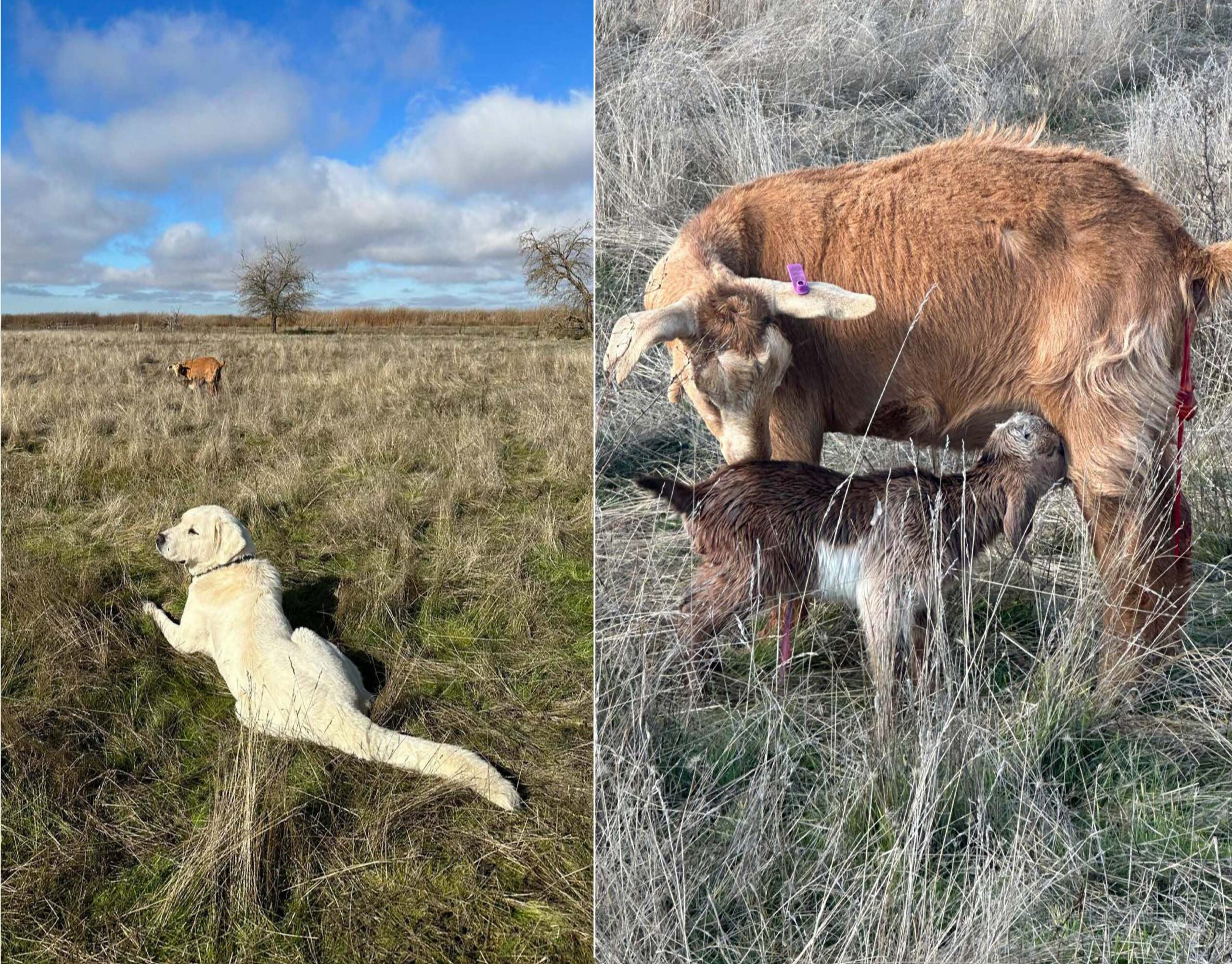The theory behind the Conservancy’s efforts is essentially to provide sanctuary to the NBHCP’s “covered species.” That is, after being displaced by urbanization, these plants and wildlife have a protected place to live and grow. My worst days are when the effects of urbanization impinge on the sanctuaries the Conservancy has carefully constructed for these species’ benefit. Human intrusion onto preserves recently reared an ugly head, and there are times when this demoralizes one. There are two kinds of trespass and intrusion here. There is the patently illegal, where the perpetrator is no doubt aware of the nature of what he or she is doing. This includes dumping of stolen cars and setting them on fire on a preserve, for instance. Then there is the unwitting person, who drops off the household cat, thinking this is a humane way to unload the family pet. Yet the cats are so brutal on some of the covered species (burrowing owls come to mind), and if the person only knew, you’d hope they wouldn’t do this. Burning cars and loose cats aren’t conducive to successful mitigation of those species covered under the NBHCP. Tomorrow, well, I’ll recover from this latest unmentioned human disturbance and hope these examples suffice. And it will be a better day. I promise!

A New Team Member.
Pictured here are two photos, one of a goat about to give birth to a kid on a portion of the Conservancy’s preserves that benefit Swainson’s hawk. The hawks have migrated now, so the field’s vacant state was recently enlivened when this newborn made its introduction to life on Earth. …
